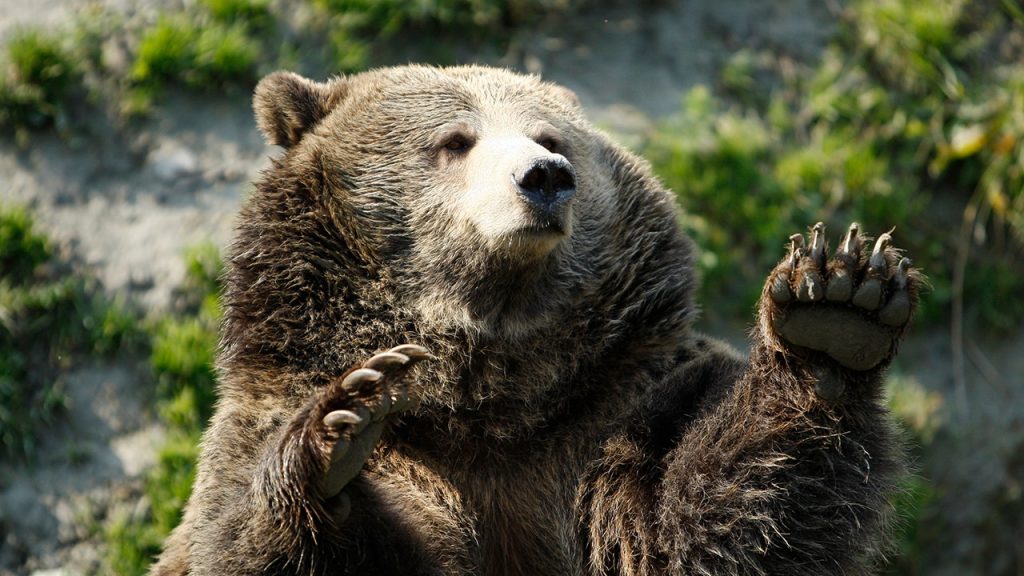A 45-year-old man hiking alone in Alberta, Canada was mauled by a bear while in a remote part of Crowsnest Pass near Window Mountain Lake. The attack left him with extensive injuries, and he was rescued after activating an emergency SOS device on the Great Divide Trail around 11:19 a.m. The man, from Calgary, was taken to a hospital for treatment by various rescue teams including Crowsnest Fire Rescue, Fish and Wildlife, Search and Rescue, and STARS air ambulance. The RCMP stressed the importance of having SOS devices while exploring wilderness as well as notifying others of your planned route and return time.
The Royal Canadian Mounted Police did not specify what type of bear attacked the man, but it was speculated to be either a grizzly or a black bear. Just two weeks prior, a man was attacked by a female grizzly in Calgary, and in Idaho, a hunter was bitten by a grizzly in the Caribou-Targhee National Forest on September 1st. The hunter described the attack as a game of tug of war with the bear, ripping apart his arm in the process. Doctors estimate it will take approximately two months for him to recover fully. These incidents highlight the risks associated with encounters with bears in the wilderness and serve as a reminder for hikers and hunters to be prepared.
The use of SOS devices has proven to be an essential tool for individuals who find themselves in emergency situations while exploring the wilderness. In the case of the man who was mauled by a bear in Alberta, the timely activation of his emergency SOS device on the Great Divide Trail enabled rescue teams to locate and provide assistance to him. The involvement of various rescue teams, including Crowsnest Fire Rescue, Fish and Wildlife, Search and Rescue, and STARS air ambulance, in the man’s rescue underscores the coordinated efforts required to ensure the safety and well-being of individuals in such incidents.
The importance of notifying others of one’s planned route, along with the time of departure and expected return, cannot be overstated when venturing into isolated areas for outdoor activities. In the event of an emergency, this information can significantly aid rescue teams in locating and providing assistance to individuals in distress. Maintaining clear communication and adherence to safety protocols are crucial aspects of outdoor recreational activities to mitigate potential risks and ensure a safe and enjoyable experience in the wilderness.
Bear attacks, such as the recent incidents in Alberta and Idaho, serve as a stark reminder of the unpredictable nature of wildlife encounters and the potential risks associated with exploring bear-inhabited areas. Whether hiking alone or hunting in remote forests, individuals must exercise caution, be prepared for emergencies, and follow safety guidelines to minimize the chances of incidents like bear attacks. Learning from past encounters and sharing experiences can also contribute to raising awareness about the importance of bear safety measures and responsible outdoor practices among outdoor enthusiasts and the general public.
Ultimately, while encounters with bears in the wilderness can be rare and unpredictable, understanding and respecting these animals’ habitats and behaviors is essential for promoting coexistence and minimizing conflicts. By staying informed about bear safety protocols, carrying essential equipment such as SOS devices, and adhering to recommended guidelines for outdoor activities, individuals can enhance their preparedness and response capabilities in the event of wildlife encounters. Ensuring awareness, vigilance, and respect for wildlife remain paramount considerations for all individuals engaging in outdoor activities in bear country and other wilderness areas.


